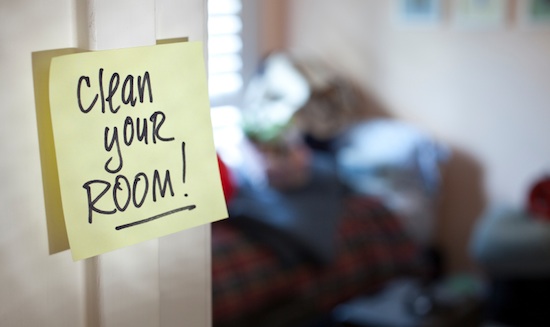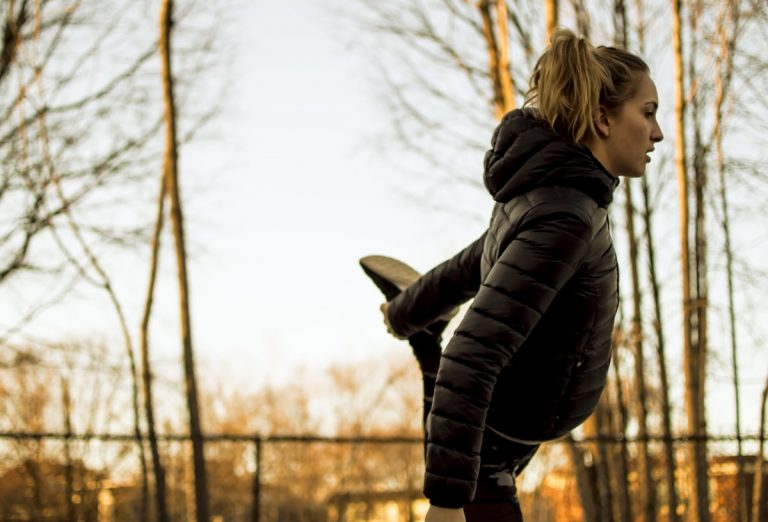How to Encourage Child-Directed Play
February 14, 2018
Almost any first world parent knows that toy options are endless. You can walk down the aisle of a store and your kids will find five things they desperately want. Half the time, you roll your eyes because the coveted items are only slightly different from toys they already have at home.
I’ve been wrestling with toy excess at our house after spending some time looking into minimalism. As a family, we will never be able to fully adopt that lifestyle, butI see value in getting rid of some of the stuff that weighs us down. Goodness knows, we have more than enough toys. It’s time to get rid of some of them.
But which ones to keep?
I highly value child-directed open-ended play. “Child-directed” means that the child decides what happens in whatever game they are playing. If a game or toy has to be completed in a certain order or the end result has to look a particular way, it is “product-directed.” If your child can put the pieces together or sequence the movements however they want, that is child-directed. “Open-ended” means that play can continue for as long as the child wants it to.
When choosing toys, whether to buy or to keep, go for the simplest options. Consider how much instruction and adult supervision your child needs to play with a particular toy, and choose the ones with the least instructions. This allows for the most versatility and longevity.
These are my three favorite toys:
Blocks
Blocks are a classic example of a toy that is completely guided by the person playing, in both design and time. When kids sit down with blocks, they can build anything their imagination comes up with: a castle, a rocket, a zoo, or a train track. You can incorporate blocks into other games and with other toys as well. Use blocks to make furniture for a doll or a paddock for your dragons. (I feel compelled to mention that many Lego sets come with extensive directions so kids can create a specific item. But after kids make the designated item, they can take it apart and invent their own new creation. My kids have spent countless hours making free-form Lego creations over the years.)
Fabric
Whether it’s a sheet, a blanket, or discarded sewing material, fabric of any sort can be incorporated into children’s games. We have a red chenille throw on our couch that I will never throw away. It has served time as long hair, a toga, a fort, a bag, and a runway for both of my kids. Neither one would have requested the blanket from a store, but they’ve gotten more use out of that simple piece of material than almost any other toy.
Art Supplies
If you have a safe place for kids to freely create, it can lead to mountains of creative expression—and hours of play. You’ll need to have supplies on hand: blank paper or poster board, crayons, markers, paint, brushes, and an easel or two, for starters. As your kids get older, they may want to make collages with a pile of magazines, scissors, and glue. Or get some beads and string and let them make their own jewelry creations. Your kids can determine what their masterpiece will look like and when it is finished. Where else can we offer our children this kind of creative license?
In the end, as we try to build a stimulating and fun environment for our kids, try to look past the flashy and cool and consider simple toys that allow your children to direct the play. This will not only inspire your children, it will be easier on your clutter and your bank account, too!







